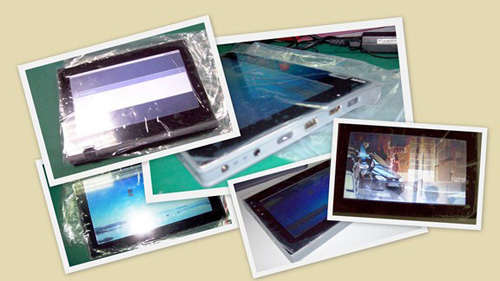India-based company Notion Ink unveiled a prototype of its much- anticipated Adam tablet at the Barcelona Mobile World Congress this year. Ever since, a flurry of leaks and rumors have surrounded the hype of the Adam’s revolutionary features.
The Adam is set to be the first devicemarketed to contain Pixel-Qi’s low-power, dual-mode display. The device is one of several tablet form-factor devices launching in 2011 to include a dual-core Nvidia Tegra 2 processor that can support 1080p video output.
The 10-inch Android tablet will build on Google’s formula (Android 2.2) with Eden, a multitasking system based around panels: each app will run in a panel with a home area to pick which panels are running. A multitasking mode will allow three apps to show at once, making it possible to run non-optimized apps without wasting space.
It might also be able to support Google Chrome OS and Ubuntu. Instead of using the Android Market, Notion Ink will utilize its own marketplace, named Genesis, for programmers. The Adam has two USB ports of its own, letting users plug in a mouse and keyboard (which could be a clue for Chrome OS support).
Specifications feature both the Pixel Qi Transflective liquid crystal display in one version and a regular LCD in another, with the screen being 25.7 cm (10.1 in) diagonal with a resolution of 1024 × 600. The device will carry 1GB of ram, Wi-Fi, Bluetooth, 8GB of storage and an amazing battery life: 140 hours of audio, 16 hours of normal usage and 6 hours with all power-consumption-heavy features enabled.
Notion Ink has recently reported that they would offer a range of Adam tablets, and the company is expected to formally launch the products in the U.S at CES 6 January, 2011. A model with an LCD display and Wi-Fi is projected to cost $375, while a model with the Pixel Qi display and 3G will cost $549.99.
Via: Electronista











